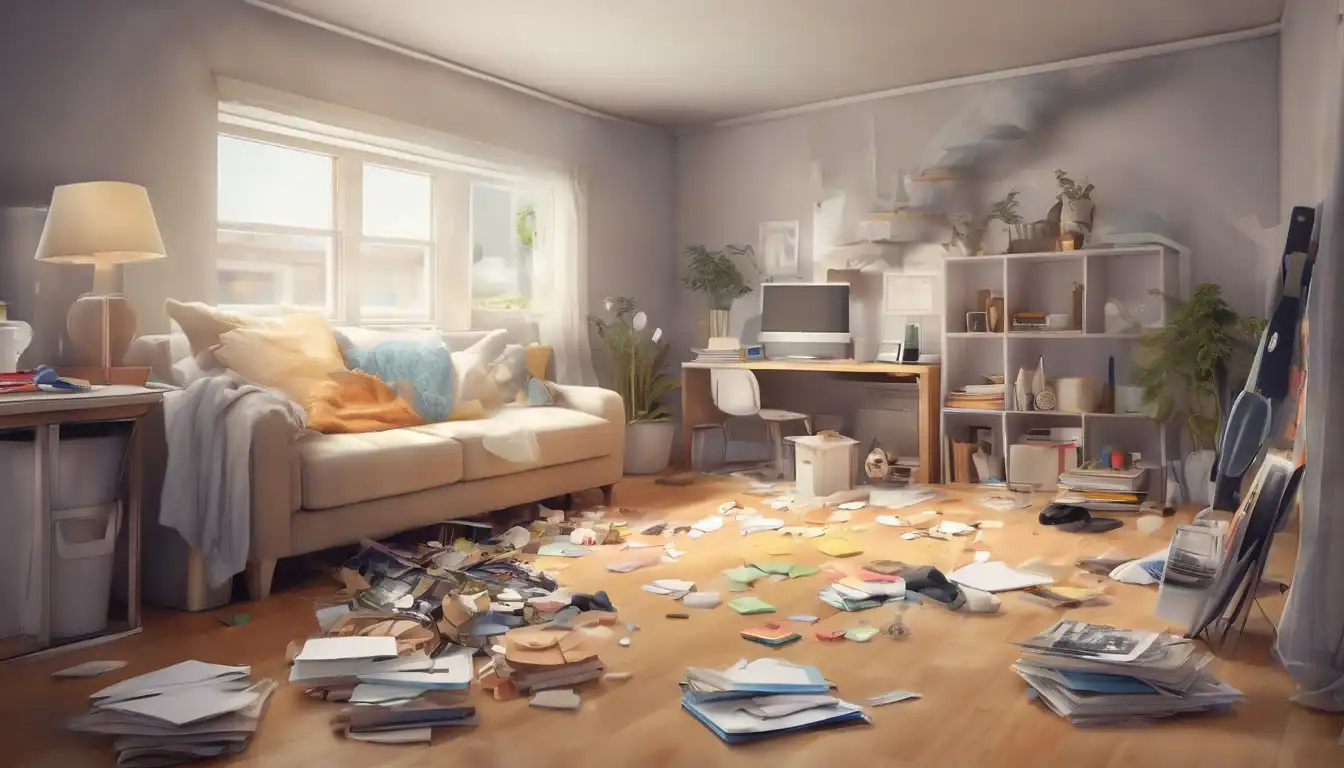Transform Your Home with These Proven Decluttering Methods
Living in a cluttered environment can significantly impact your mental well-being and daily productivity. Many people feel overwhelmed by the thought of organizing their entire home, but with the right approach, you can achieve remarkable results quickly. This comprehensive guide will walk you through practical steps to reclaim your space and create a more peaceful living environment.
Start with a Clear Plan and Realistic Goals
Before diving into the decluttering process, take a moment to assess your space and set achievable objectives. Begin by identifying the areas that cause the most stress or inconvenience. Whether it's a overflowing closet, a chaotic kitchen counter, or a home office buried in paperwork, having a clear focus will make the process more manageable. Set a timer for specific sessions to maintain momentum and prevent burnout.
Consider implementing the "one room at a time" approach rather than attempting to tackle your entire home simultaneously. This method allows you to see tangible progress, which serves as motivation to continue. Remember that decluttering is not about perfection but about creating functional spaces that serve your needs.
The Four-Box Method: Your Decluttering Foundation
This time-tested technique involves preparing four containers labeled: Keep, Donate, Trash, and Relocate. As you work through each area, place every item into one of these categories. Be honest with yourself about what you truly need and use regularly. Items that haven't been used in over a year are prime candidates for donation or disposal.
When deciding what to keep, ask yourself these critical questions: Does this item bring me joy or serve a practical purpose? When was the last time I used it? Would I buy this again today? This mindful approach helps break emotional attachments to unnecessary possessions. For seasonal items or sentimental objects you can't part with, consider proper storage solutions to keep them organized but out of the way.
Room-by-Room Decluttering Strategies
Kitchen Organization Made Simple
The kitchen often becomes a catch-all for various household items. Start by emptying one cabinet or drawer at a time. Discard expired food products, duplicate utensils, and damaged cookware. Implement the "first in, first out" principle for pantry items to reduce food waste. Group similar items together and consider drawer dividers for utensils.
Create designated zones for cooking, food preparation, and cleaning supplies. This logical arrangement makes meal preparation more efficient and helps maintain organization long-term. For more kitchen organization ideas, explore our guide on maximizing small kitchen spaces.
Conquering Closet Clutter
Closet organization can feel daunting, but the "hanger trick" makes decision-making easier. Turn all your hangers backward at the beginning of the season. As you wear items, return them with the hanger facing the correct direction. After six months, any clothing still on backward hangers likely isn't being worn and can be donated.
Implement the "one in, one out" rule: for every new clothing item you bring home, remove one existing piece. This prevents accumulation and encourages mindful purchasing. Consider our seasonal closet rotation guide for maintaining organization throughout the year.
Home Office Decluttering Techniques
A clutter-free workspace enhances productivity and reduces stress. Begin by sorting paperwork into actionable categories: to file, to shred, and to process. Implement a digital filing system for documents you need to keep but don't require physical copies of. Use vertical storage solutions to maximize space and keep essential items within reach.
Create an "inbox" system for incoming mail and documents to prevent paper pile-ups. Schedule regular maintenance sessions to keep your office organized. For those working from home, maintaining an organized workspace is crucial for productivity and mental clarity.
Maintaining Your Decluttered Space
The real challenge begins after the initial decluttering session. Establish daily habits to prevent clutter from accumulating again. Implement a "15-minute tidy" routine each evening to reset your space. Designate specific homes for frequently used items and make returning them a non-negotiable habit.
Regularly reassess your possessions and be mindful of new acquisitions. Ask yourself if each new item serves a genuine purpose or brings substantial value to your life. This conscious approach to consumption helps maintain your newly organized space indefinitely.
Overcoming Common Decluttering Challenges
Many people struggle with sentimental items or fear of needing something later. For sentimental objects, consider taking photographs rather than keeping the physical items. This preserves memories without occupying physical space. If you're unsure about an item, place it in a "maybe box" with a date six months in the future. If you haven't needed it by then, it's safe to let go.
For larger items or collections, break the task into smaller, manageable sessions. Celebrate small victories along the way to maintain motivation. Remember that decluttering is a process, not a one-time event. Regular maintenance is key to long-term success.
The Psychological Benefits of an Organized Home
Beyond the physical space improvements, decluttering offers significant mental health benefits. Reduced visual clutter can lower stress levels and improve focus. An organized environment often leads to better sleep quality and increased productivity. Many people report feeling more in control of their lives after decluttering their living spaces.
The process of letting go of unnecessary possessions can be emotionally liberating, creating space for new experiences and opportunities. As you continue your organization journey, you'll likely find that less clutter means more mental clarity and peace. For more insights on the connection between organization and well-being, read our article on how organization affects mental health.
Implementing these strategies consistently will transform your relationship with your possessions and your living space. Start small, be patient with yourself, and remember that every item you let go of creates space for what truly matters in your life.
